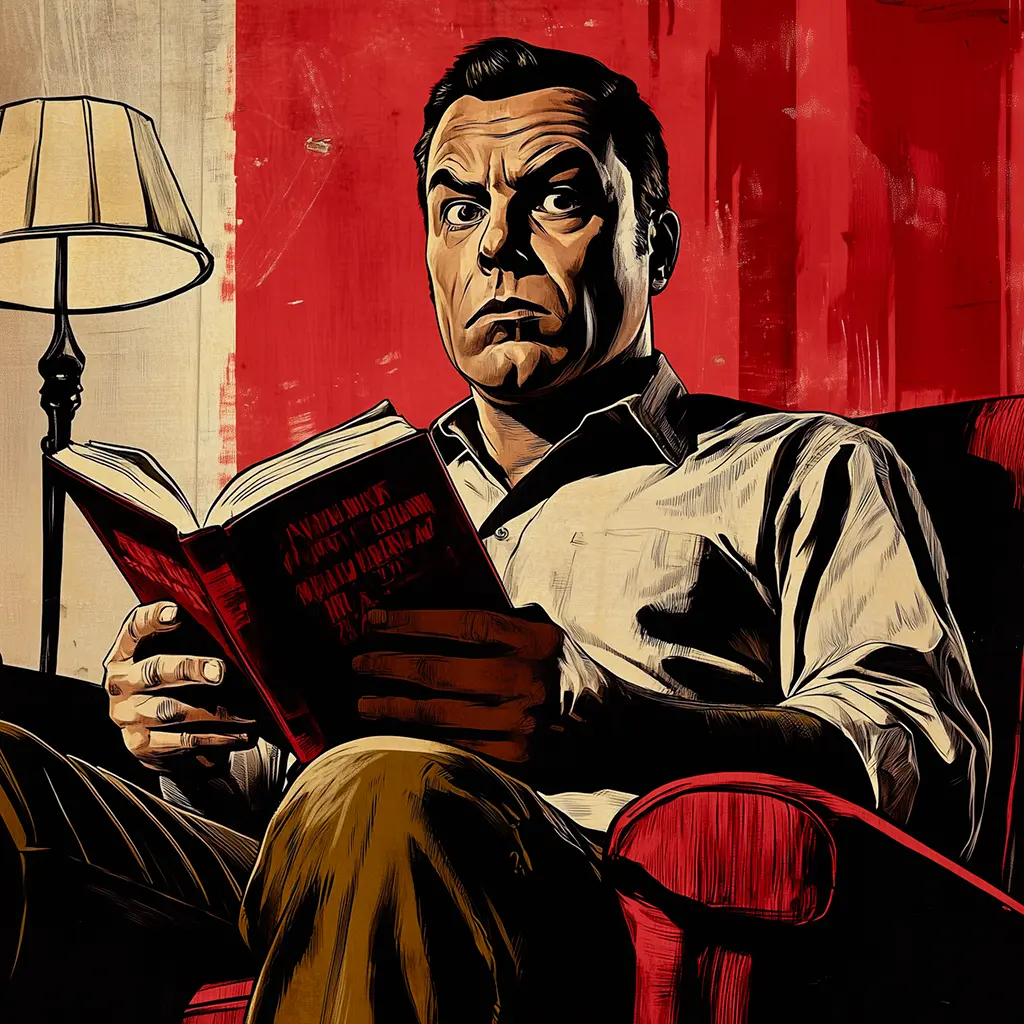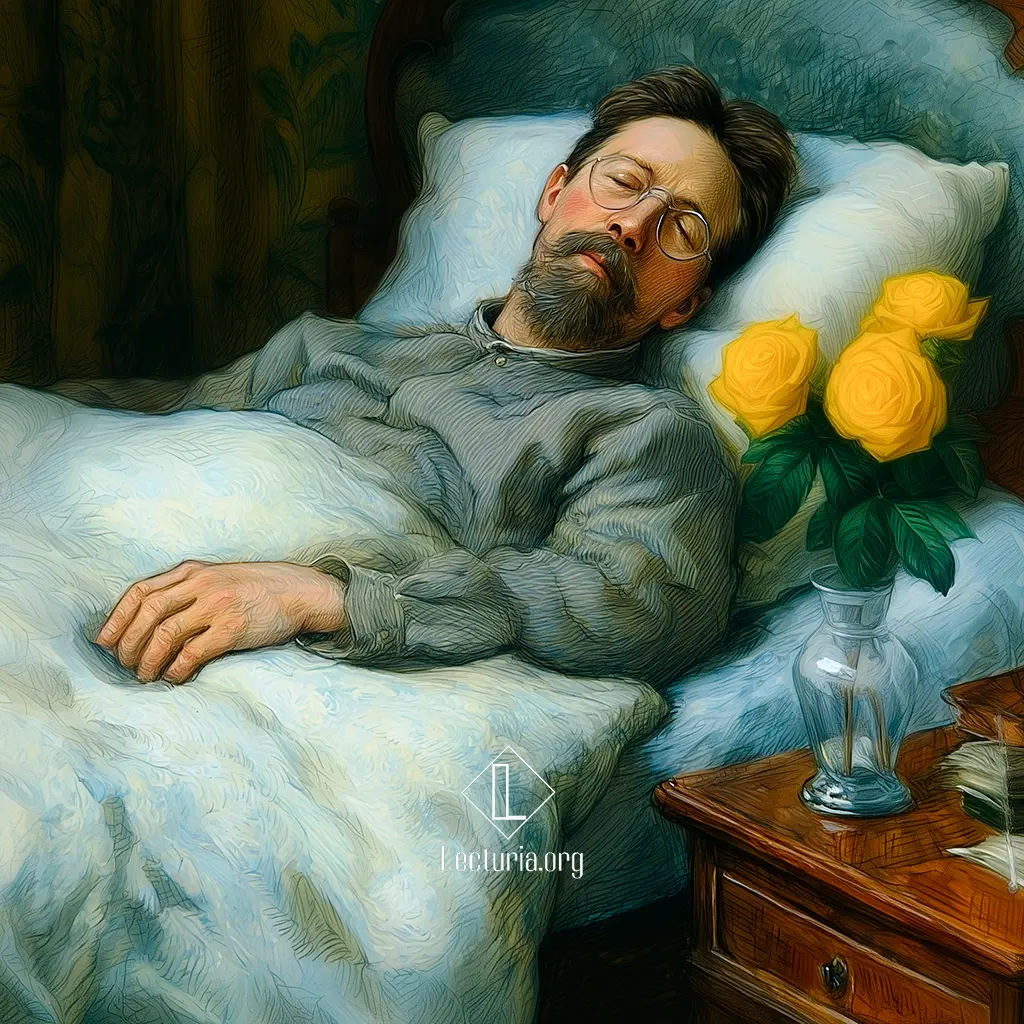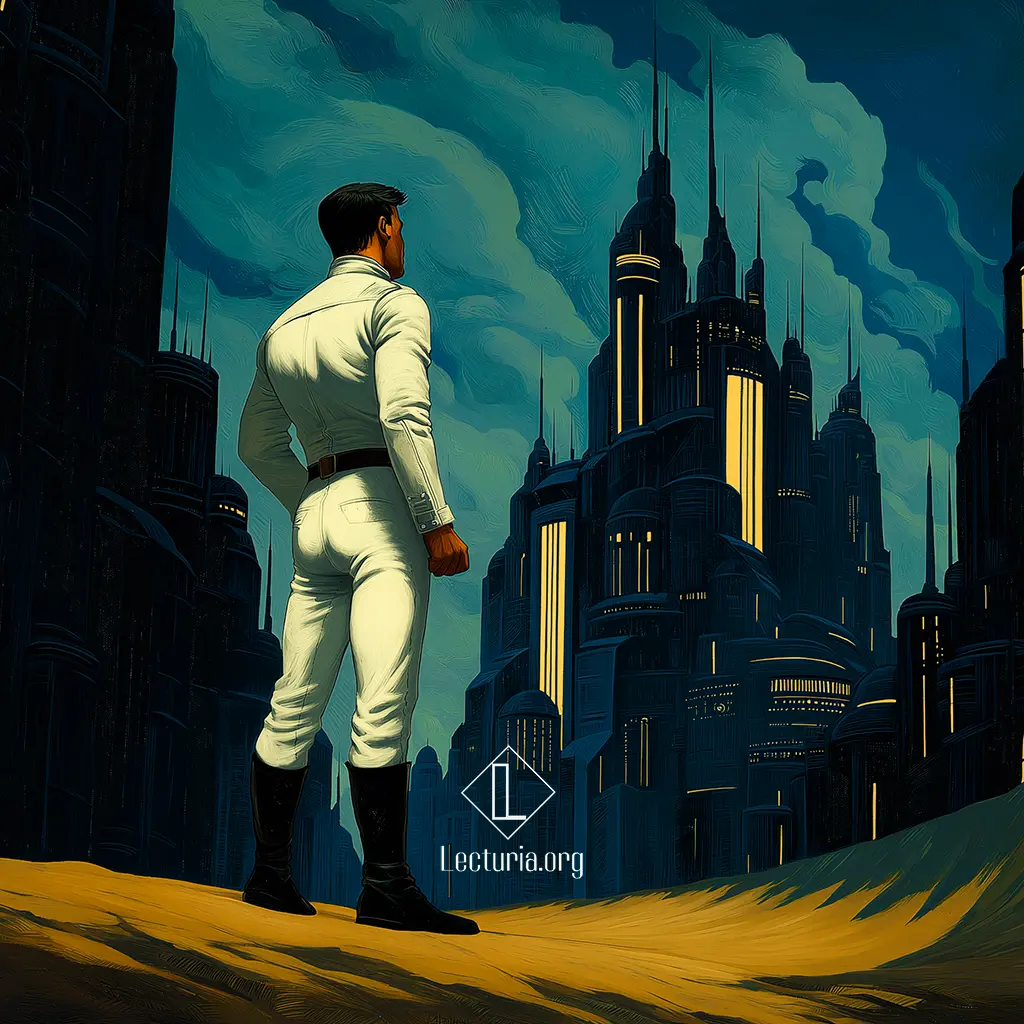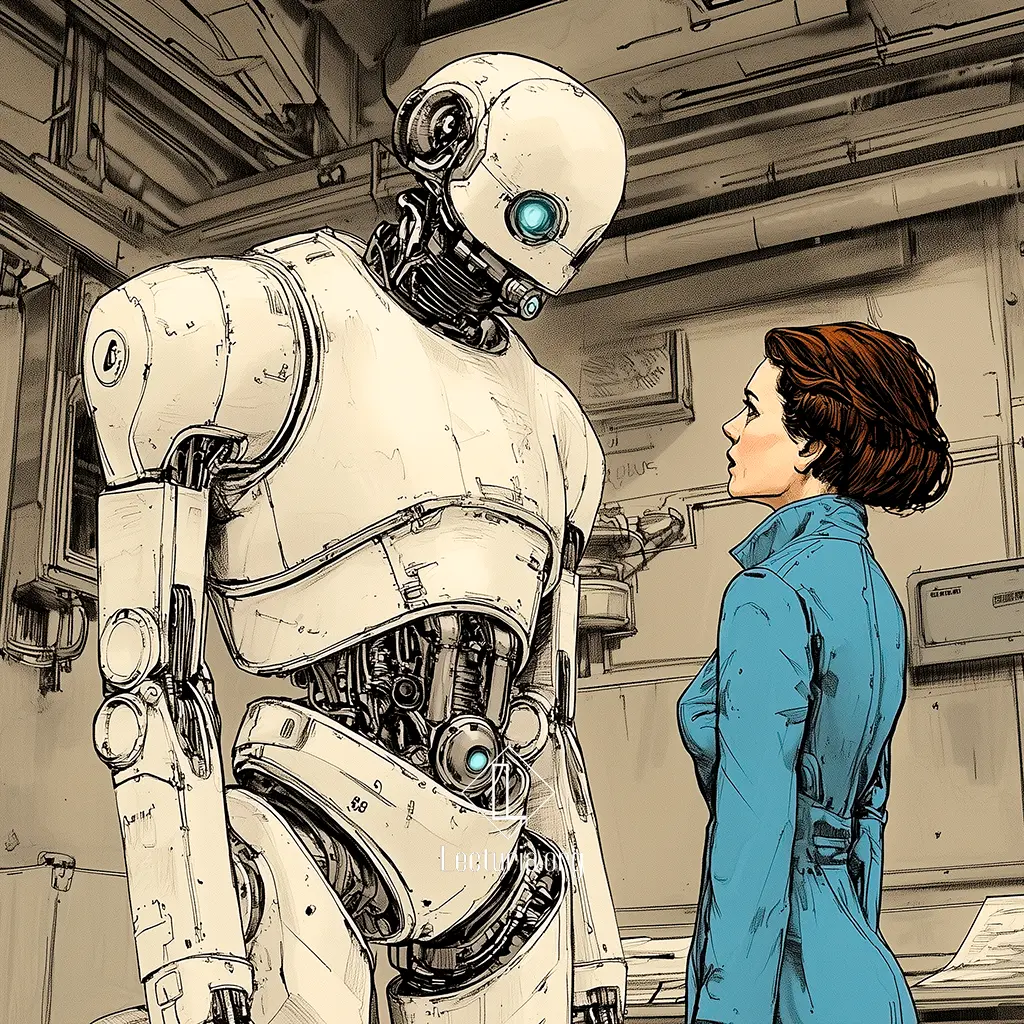Philip K. Dick: The Eyes Have It
“The Eyes Have It” is a science fiction short story by Philip K. Dick, published in June 1953 in Science Fiction Stories. The narrative follows a man who finds an abandoned book on public transportation. Reading it at home, he believes he has uncovered evidence of a conspiracy in which a race of alien beings, hiding among humans, is stealthily invading Earth. As his paranoia grows, the protagonist grapples with the uncertainty of whether to share what he has discovered or keep it secret.





